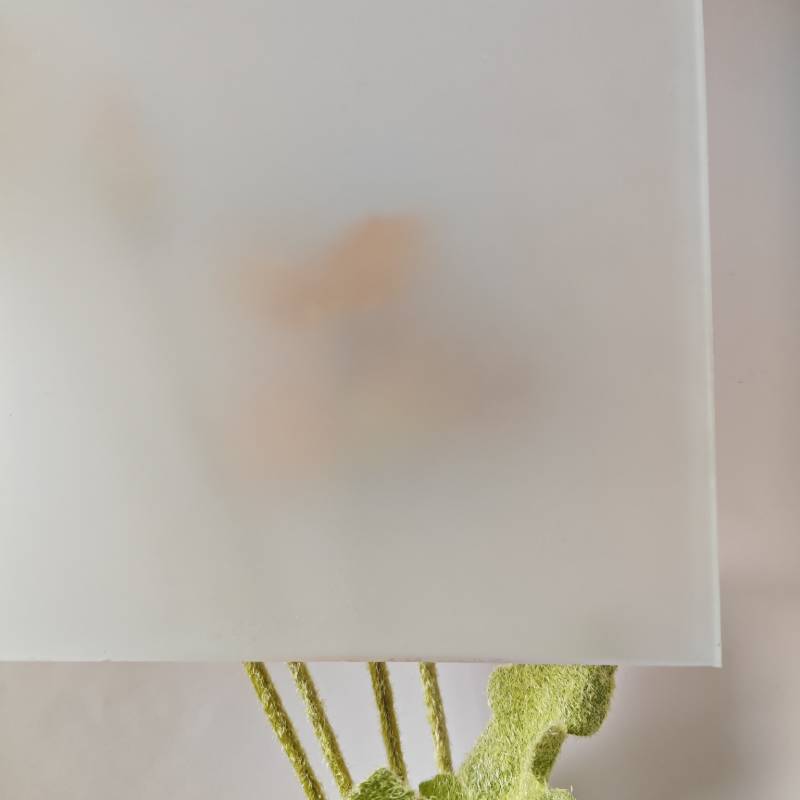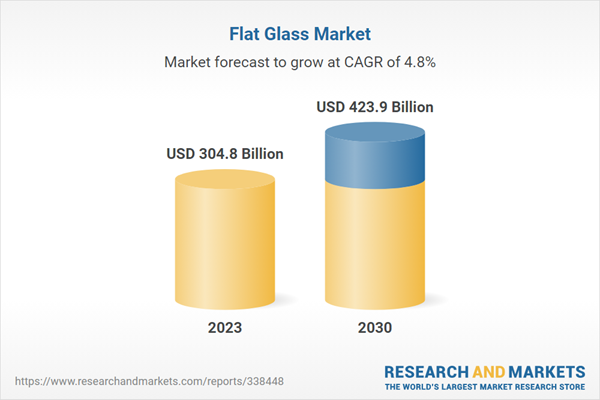Partially silvered mirrors, often referred to as beam splitters, are essential components in a multitude of optical applications. These sophisticated devices play a crucial role in both consumer and industrial products, reflecting only a portion of the incident light while allowing the remainder to pass through. This unique property makes them indispensable in sectors ranging from telecommunications to vision enhancement.

The versatility of partially silvered mirrors can be attributed to their ingenious design, where a thin layer of reflective material, such as silver, is meticulously deposited onto a glass substrate. This process produces a mirror that is only partially opaque, facilitating its dual role as both a reflector and a transmitter of light. Such functionality is paramount for products like cameras and optical instruments, where they help in diverting the right amount of light to various sensors.
One of the most exciting applications of partially silvered mirrors is in the field of augmented reality (AR). These mirrors are integral to the development of AR headsets, which project digital images onto the user's field of view without obstructing the real-world scenery. By fine-tuning the reflectivity of the mirror, manufacturers ensure the digital overlays blend seamlessly with the surrounding environment, enhancing user immersion significantly.

In telecommunications, these mirrors contribute immensely to the efficiency of fiber optic networks. By splitting and combining beams of light, they enable the simultaneous transmission of multiple signals through a single fiber. This capability not only increases data transmission rates but also reduces infrastructure costs, making high-speed internet more accessible to a broader audience.
From an expertise standpoint, crafting a high-quality partially silvered mirror demands a thorough understanding of optical physics and precise fabrication techniques. Coating thickness must be controlled with extreme precision to achieve the desired reflectance and transmission properties. Manufacturers often employ state-of-the-art equipment such as magnetron sputtering or electron beam evaporation to deposit coatings as thin as a few nanometers.
partially silvered mirror
Furthermore, testing and quality assurance are vital components in the production of these mirrors. Each mirror undergoes rigorous testing to evaluate its optical characteristics, ensuring compliance with industry standards. Specialists rely on advanced instruments like spectrophotometers and interferometers to measure parameters such as reflectance, transmission, and surface uniformity accurately.
Trust in partially silvered mirrors is primarily built upon their proven performance across various applications. For instance, in scientific research, they are indispensable in experimental setups requiring precise light control and manipulation. Their reliability is evidenced by their widespread use in laser systems, where they facilitate beam routing and intensity modulation.
Moreover,
the durability of these mirrors is noteworthy. Many are designed to withstand harsh environmental conditions, including temperature fluctuations and high humidity, without degradation in performance. This resilience ensures long-term operational stability, reducing the need for frequent replacements and maintenance interventions.
Product innovation in this domain continues at a fast pace, driven by advancements in material science and manufacturing techniques. Researchers are exploring new materials and deposition processes to develop mirrors with even better performance characteristics, such as enhanced durability and broader spectral ranges.
In conclusion, partially silvered mirrors combine technical sophistication with practical utility, making them a cornerstone of many modern technologies. Their continued evolution will undoubtedly unlock new possibilities in fields yet to be explored, reinforcing their status as a critical component in the ever-expanding landscape of optical devices. For businesses and consumers alike, these mirrors offer a blend of reliability, performance, and adaptability, ensuring they remain at the forefront of technological advancement.



